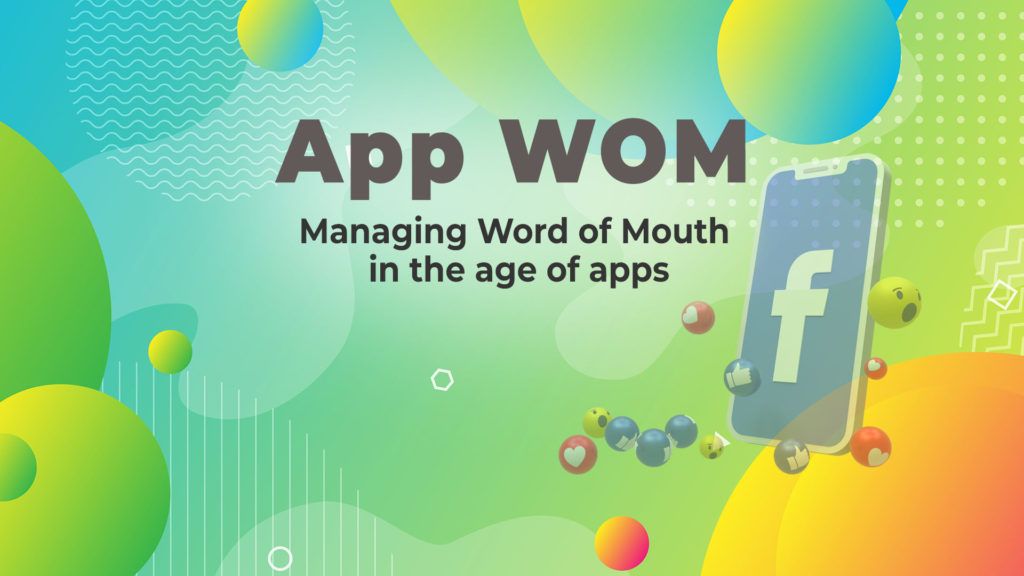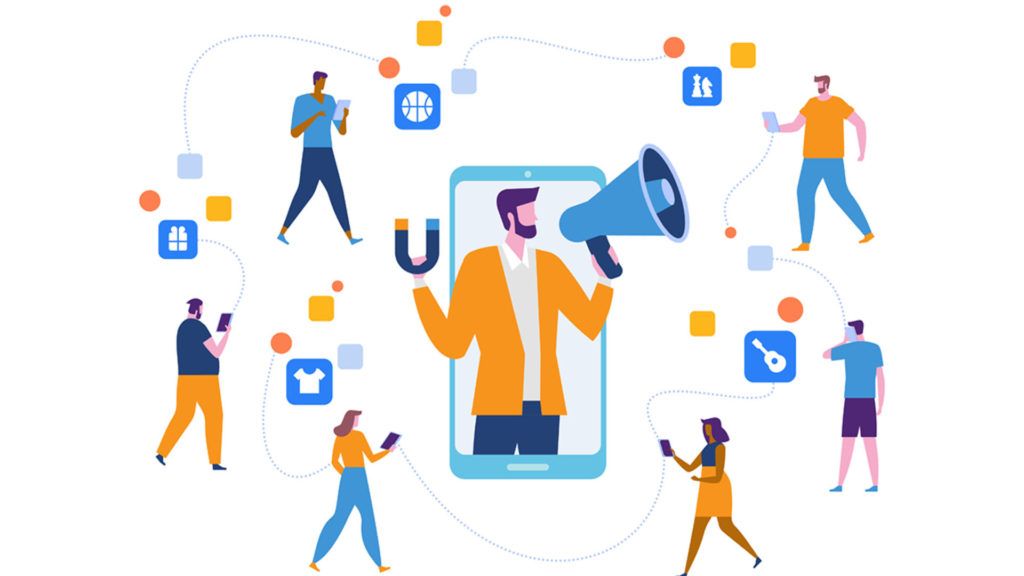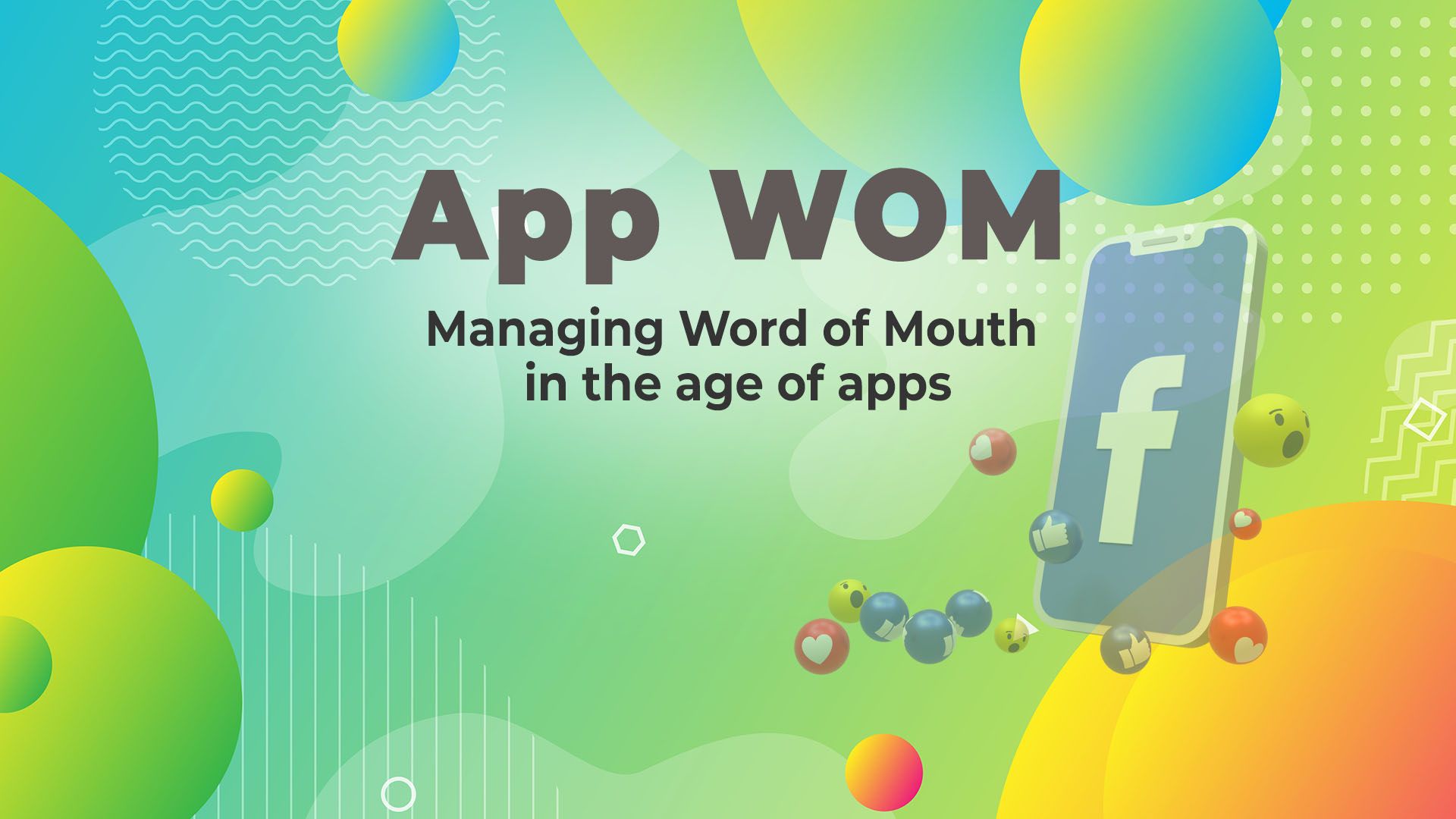App WOM (Word of Mouth) refers to communication between consumers about any product or service. They can talk about the features, the benefits, usage or problems related to the product. App WOM is not very different from the traditional WOM but we will see how it changes the rules of the game. We will also discuss some cases where negative App WOM lead to losses of billions of dollars. Finally, we shall discuss how we can leverage it to maximize the marketing impact.
What is Word of Mouth or WOM?
“Word of mouth” started off as a marketing catchphrase, but soon went on to become quite popular. So popular that it found itself into the vocabulary of the masses.
In essence it should fulfil the following:
- It conveys information about a product or a service
- The communication of message happens only through personal channels (not mass media)
- The information is shared without any commercial motive
It’s easy to understand but difficult to design a WOM strategy. WOM works quite naturally. It is challenging and takes a lot of creativity to ensure people tell their friends about a product or service. However, there are some success stories too. Famous shoe retailer Zappos was one of the first e-commerce companies to sell shoes. They devised an entire marketing strategy keeping user experience as the center point. Zappos made the shoe buying experience so user-friendly that people started sharing it with their friends. They were successful primarily on word of mouth.
What is E-WOM?
One of the biggest changes in how people communicate happened with the advent of the internet. The Internet helps us to communicate faster. It also helps us to connect with a larger number of people via social media, blogs, and multi-media. Electronic word of mouth(WOM) refers to the use of the internet for communication between consumers. Although similar to WOM, E-WOM is different in some ways:
- WOM is a private communication. While E-WOM need not be private and publicly available
- WOM is between known people. While E-WOM can take place between unknown people also.
- The message is communicated more quickly between the sender and recipient(s)
App WOM or A-WOM

We define App WOM as the consumer to consumer communication about a product or service through smartphone apps. Some things are very different about the apps because they work over platforms of communications. The entire process of consuming, satisfaction, and sharing has changed quite a bit. These platforms are strongly intertwined with smartphone apps. The App WOM or A-WOM is a distinct new concept. It is different from E-WOM in the following ways:
Easier to share
What makes the experience different for A-WOM is that it all happens seamlessly. Smartphone Apps make the ‘work’ of communicating much easier. You just need to click on the ‘share’ button. Further, in two more clicks, you share the link for a product listed on Amazon. If you have a good/bad experience with Uber, you can instantly share it via Apps.
On the other hand, you may not remember or have the motivation to spread the same message by WOM or EWOM. It would take considerably more effort in EWOM. Firstly, you reach home, switch on the laptop, and open a browser and logon to a website, then you can post the same experience with your cab service. The loss of a message is even higher for WOM. In the middle of some random conversation, you remember your experience and you share it with your buddy. They nod their head and you never know whether they really got your point.
Instant feedback
The discussions on mobile apps are more interactive than websites. It is easier to comment, easier to ‘like’ and share. In fact, apps are designed keeping in mind the interactiveness of the experience. Compared to traditional WOM and E-WOM, the A-WOM gives you instant feedback. The feedback is notified to the user instantly. Every single interaction that others do with your shared message is notified to you 24×7. The feedback cycle has a major impact on the speed of transmission of a message. This is critical for public relations activity.
Multi-channel communication
E-WOM communication takes place on a specific website. Generally, people do not cross-post the content elsewhere. Whereas on mobile devices, people have a much higher chance to share it on multiple platforms. Chinese WeChat is not just a chatting software, it is also an e-commerce one. People share product reviews right inside the app. They can then click on it and buy it within the app itself. The next moment, they can even share the pictures of the newly bought product on Instagram.
Intimacy with the apps
Mobile devices are more intimate to the users. People have access to apps almost 24×7 at an arm’s length. This is important when we compare the apps to traditional web based systems like Desktop and Laptop. Secondly, mobile devices are more of a fun/lifestyle gadget. People spend a lot of time on social sharing. This satisfies their personal or professional requirements.
How App-WOM works?
Firstly, the way we express our excitement or disappointment with a product has changed. On the one hand, we do tell the person in the next cubicle about our exciting weekend trip. On the other hand, we also share a review of the hotel on Tripadvisor. We share photos of the restaurant on Facebook. Some of us even upload a video on Youtube. Without realization, we just campaigned for the different brands we encountered. All of this, without any commercial intent and without using any mass media, which the very definition of word-of-mouth.

Secondly, the virality of the word of mouth has also changed because of the apps. The apps give a platform for the information to go viral. Apps like Facebook, Whatsapp, Twitter, etc are designed to be sharing platforms. They have massive user bases in billions or hundreds of millions. These platform apps create some fragile opportunities where the response of the brand is critical. It can make or break a brand within hours. However, major moderators of the virality are the initiator’s content, network size, clout, etc.
Limitations of A-WOM
There are some limitations to the WOA. Trust is a big issue when it comes to nonpersonal communication. This applies only to E-WOM and A-WOM. There are PR agencies that specialize in ‘starting a trend’ on social media. Sometimes, these are obvious and users don’t suspect it but at times, it can be an irritant to the users. There is also another issue of trust in the information. People don’t trust reviews by unknown people as much as they do for their acquaintances. Secondly, there is a lack of focus. We are subjected to spams, promotional messages, ads, misleading information can all damage the reputation of a brand.
Key takeaways for App WOM
The essential take away here is that the App Word of Mouth is a game-changer. Firms need to treat it with the attention it deserves. This will enable the firms to take full advantage of it. At the same time, firms need to cover the downsides with appropriate policies in place. A well-planned strategy will come handy to build customer trust and loyalty. It will also safeguard against unexpected reputation damages.
